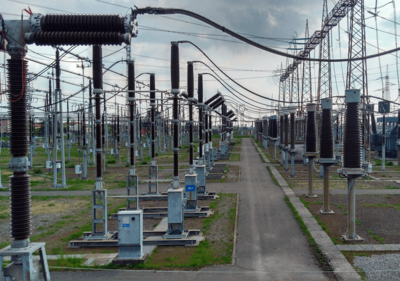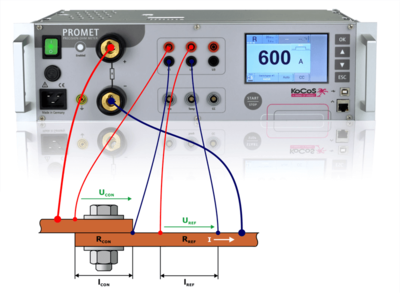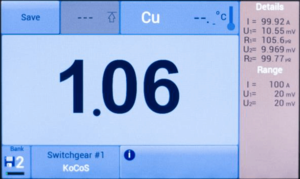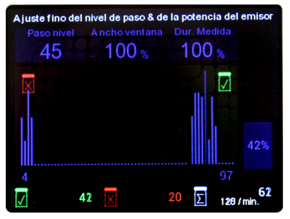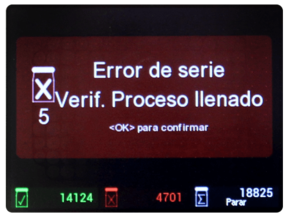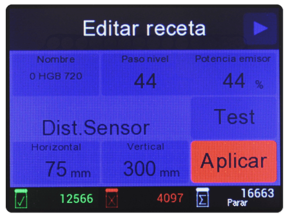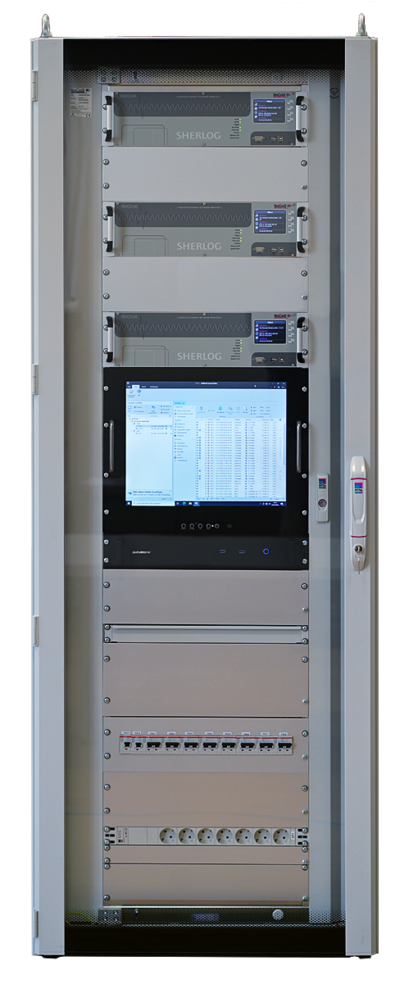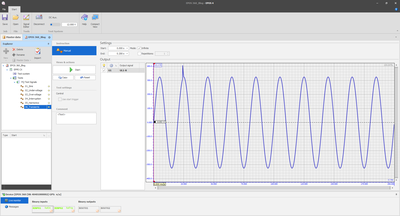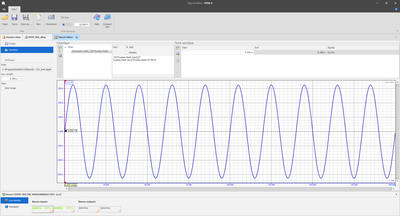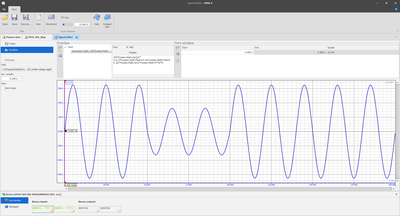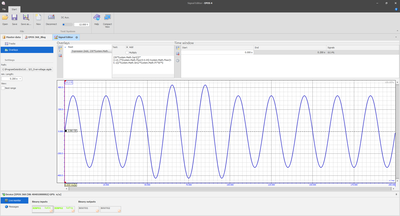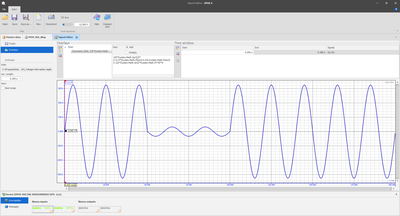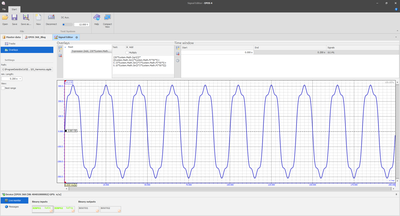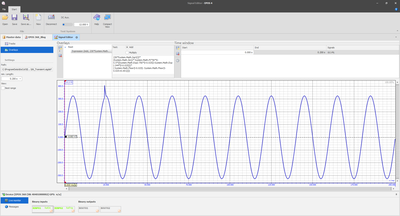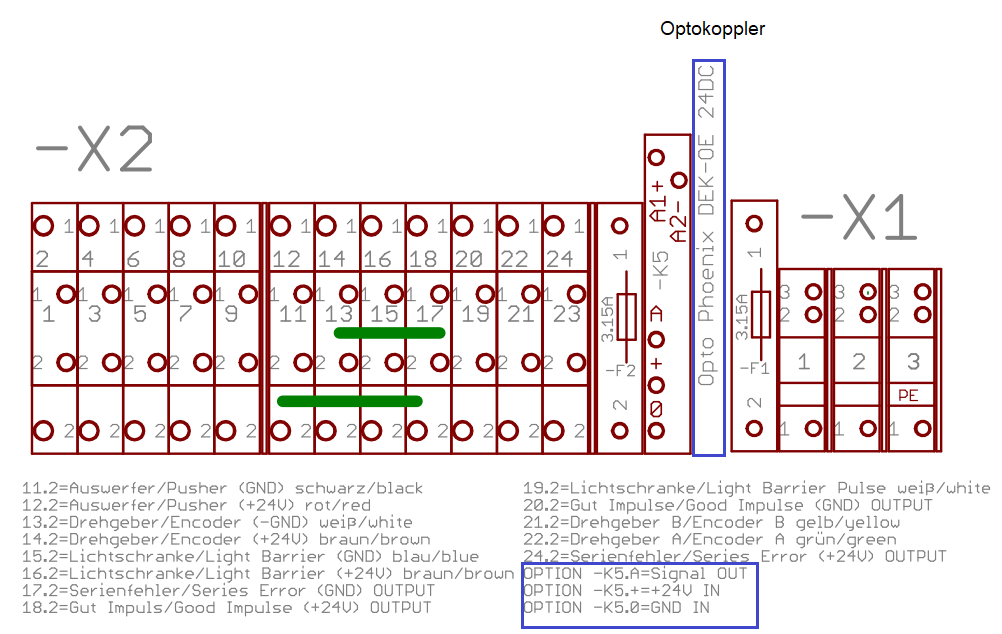Quality of electrical connections
27. June 2022, - Resistance measurement
The power loss at the contact point depends on the current and the resistance: P = I²·R
When transmitting high currents, the aim must therefore be to achieve the lowest possible contact resistance at the connection points. The contact resistance is influenced by several variables and increases in the course of the operating time due to aging. By testing at the installation site, a faulty connection can be detected and eliminated.
The quantity for assessing an electrical connection is the resistance. The resistance of an electrical connection is in the micro ohm range. These small resistance values require special measurement technology, such as resistance measurement in four-wire technique (Kelvin method).
In order to assess the quality of a connection, the PROMET SE and PROMET R300/R600 resistance measuring instrument is able to determine the quality of a connection. Due to two voltage measurement inputs, a simple and quick determination of the quality, e.g. of screw connections on bus bars, is possible. The determination is made via the quality factor. This is defined by the ratio of the resistance of the connection over the overlap length to the resistance of the bus bar of the same length.
The quality factor K is the ratio of the resistance RCON of the connection over the overlap length lCON to the resistance RREF of the bus bar of the same length lREF.
K = RCON/RREF
RCON: Resistance of the connection
RREF: Resistance of the bus bar
Therefore, when making an electrical connection, care must be taken to limit aging and provide a low-maintenance and reliable connection.
By determining the resistance or quality of a connection, the correct connection can be verified during installation and maintenance and a reduction in electrical losses, an extension of service life and an increase in plant safety can be achieved.
Do you have questions or additions to the resistance measurement or to our measuring devices? Then contact us via the comment function here on the blog or by mail to info(at)kocos.com.
